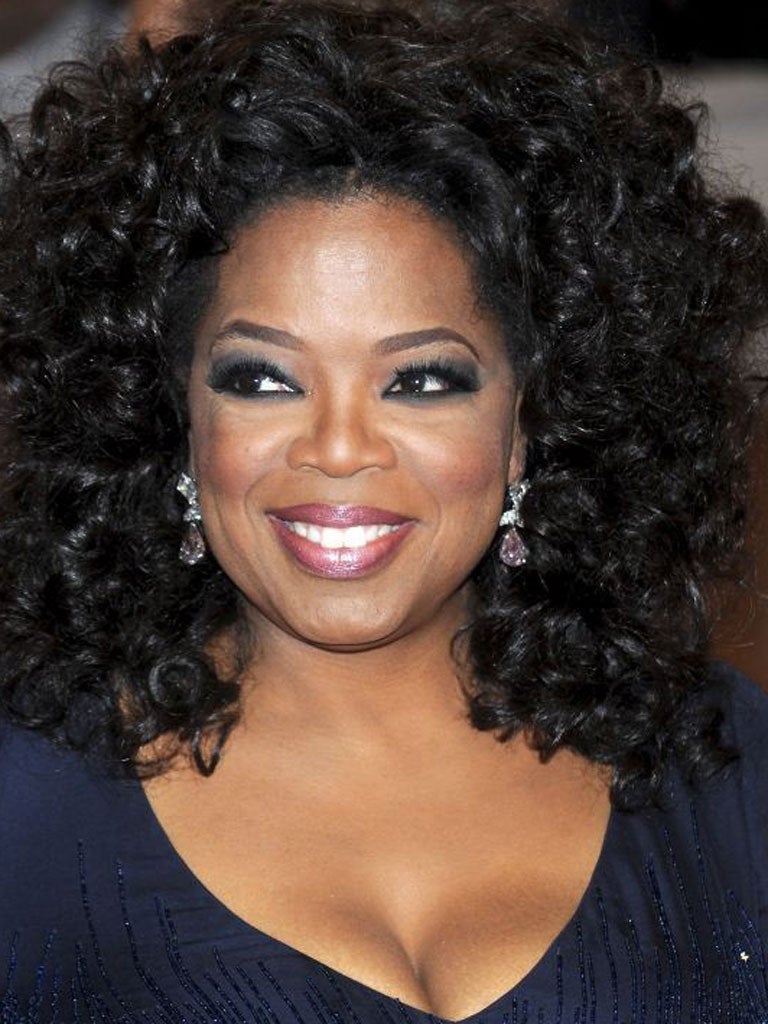The Woman Reader, By Belinda Jack
Writing the female body: from the cave to the book club

Books make good presents. You can match the title or subject matter to the recipient; they make satisfyingly substantial parcels that wrap easily and tend not to get damaged in the post; you can write in them – and if suitably inscribed they are unlikely be thrown away. Quasi-immortality for the donor.
If the book industry has been slow to appreciate the enormous gift-potential of their merchandise, they are gaining momentum. Of late academic publishers have also entered the fray, packaging their wares more attractively. The Woman Reader is presented for just this market, and the engaging title, lipstick typeface, and appealing cover-image all elegantly isolate an ideal gift for the eponymous heroine in your life.
Sometimes such consciously packaged titles can disappoint; in this case the enticing presentation delivers a sustainedly nourishing read. Packed with fascinating material, it holds throughout. Elizabeth Fry's activities in prisons are familiar but I loved finding out about her Convict Ship Committee that furnished departing vessels with reading materials and instructors, ensuring that women transported to Australia were literate by the time they arrived. Belinda Jack's detail is consistently rich: speculation about how to read cave paintings and which images were painted by women; observation that the virgin in Simone Martini's "Annunciation" recoils in shock from the angel's visit, but keeps her place in the book she was reading.
From a publishing standpoint, there are three possible improvements. First, for the product of an academic, and art publisher, this is not well-edited. Instances of images, authors and artists without dates are frustratingly frequent, and there are passing references that need substantiation. What was the "2004 poll [that] surveyed 800 British men and women about their reading preferenceS"? We need to know.
Secondly, ditch the introduction. Here the author seems dazzled by the immense task and the fascinating instances are better understood once her logical narrative has been absorbed. Finally, the book's final chapter ("The Modern Woman Reader") is under-whelming. Given the careful attention to the development of publishing in earlier chapters, the comparatively gross expansion of opportunities for women to read in this final period needs much more supporting detail.
Jack could have covered the expansion of female-orientated genres ("chick lit"; women's commercial fiction; today's populist magazines with huge sales) as well as reporting some of the associated structures that developed: Women in Publishing; the Orange Prize; literacy initiatives such as Book Trust's Bookstart, which has taught new generations of (primarily) mothers to read to their children.
Jack documents the immense significance of the personal recommendations of Oprah Winfrey and Amanda Ross, but only in terms of sales. Their motivation needs recording too, as it adds weight to the issue of how reading can change lives. Women's unmediated access to self-published material has revealed tastes unanticipated by previous gatekeepers. Whether you secretly download EL James's Fifty Shades of Grey onto an e-reader, or buy the now formally (and coyly) published book, women's opportunities to read have been expanded.
One of the problems with books as presents is that, for a significant occasion, they frequently do not cost enough . If choosing The Woman Reader raises this issue for you, then can I suggest in addition: a beautiful calendar, a book that reveals the transformative benefits of reading (Alan Bennett's The Uncommon Reader or Caitlin Moran's How to be a Woman) and a novel that offers both first-hand experience of the process – and says something about the donor's taste. As a package for any woman you would like to affirm on a path to reading, yourself included, this would be hard to beat.
Alison Baverstock is course leader for MA Publishing at Kingston University. Her most recent book is 'The Naked Author' (Bloomsbury)
Join our commenting forum
Join thought-provoking conversations, follow other Independent readers and see their replies
Comments